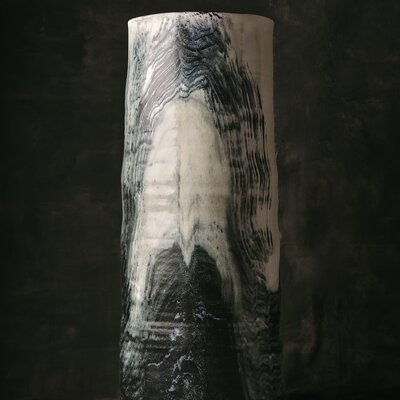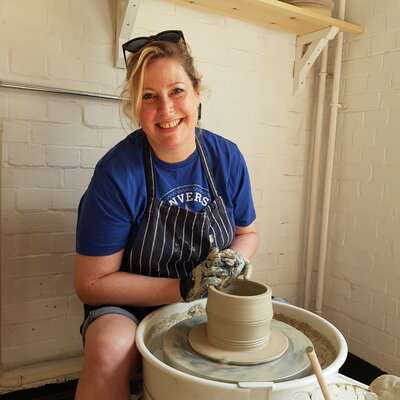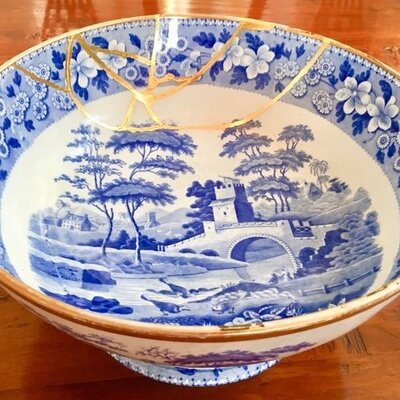Learn and develop new approaches to making and decorating slipware, with an emphasis on action and spontaneity. Using Dylans making and decorating techniques as a beginning, you will pursue new shapes and ideas and learn to embrace fresh directions.
The course will be loosely divided into two parts, one for making and one for decorating. An evening presentation outlining the tutors work and influences begins the first session. The first morning will start with a demonstration of plate making, using simple slicing techniques. The next two days will feature three more introductions to different methods of hand building and throwing. The aim will be for you to use these demonstrations as a starting point for your own work. The work made during the two days will be used for decorating during the remaining days.
The decorating days will follow a similar schedule with many demonstrations and discussions and will involve the use of sliptrailers, brushes and sgraffito. An energetic and lively use of wet slip decorating will be fully explored.
You will produce and decorate work that embraces spontaneity and dynamism, learn new techniques in both construction and decoration and embrace the fluid potential of clay and slip.
You should begin to recognise when the piece is finished, to adapt to mistakes and unanticipated developments and use them as starting points for new directions. You will learn to rapidly assess the development of work during both decoration and construction. By the end of the course, you will have gained a good understanding of working with wet slips, dynamic use of sliptrailers, brushes and sgraffitto, learnt new skills in throwing, constructing and carving, and also come away with several pieces of decorated work.
Included
The cost of clay, slips and firings is included in the course fee.
What students need to bring
- Trailers, brushes, cutting wires and harps if you have them
- Additional decorating/mark-making tools
- Overall
- Old towel
- Cardboard boxes are useful if taking raw items away at the end of the course
- Clean plastic shopping bags are useful
Available to buy
Available from shop:
Pottery tools, pottery knife (basic pottery tools are provided for use)
Rough paper or sketch pad, and pencil
Wood or plastic ruler
Natural sponge
Additional information
Firing and glazing options:
-
Leave your most successful raw, finished pieces (approximately eight), which you wish to keep, for biscuit firing, basic glazing and re-firing by the College for collection within six months.
-
Leave your most successful raw, finished pieces (approximately eight) for biscuit firing at the College. You can then book a place on a Glazing Day and glaze your own work (allowing four weeks for your work to be biscuit fired). This work will be re-fired after glazing and available for collection within six months.
-
Take away your unfired pots for firing and glazing elsewhere.
Please wear appropriate clothing/aprons for the workshop or studio, this includes stout covered footwear (no sandals or open toes).
Arrival day
Residential students can arrive from 4pm, non-residential students to arrive by 6.45pm for registration
Student welcome, followed by dinner: 6.45pm (dinner included)
Teaching session: 8pm - 9pm (attendance is essential)
Daily timetable
Course teaching 9.15am - 5pm (lunch included)
Dinner: from 6.30pm (included for residential students)
Evening working: students may have access to workshops until 9pm, but only with permission from the tutor and provided any health and safety guidelines are observed
Departure day
Course teaching: 9.15am - 3pm (lunch included)
Residential students will need to check out of rooms by 10am.
Please note, the tutor may make slight variations to the daily timetable as required.





